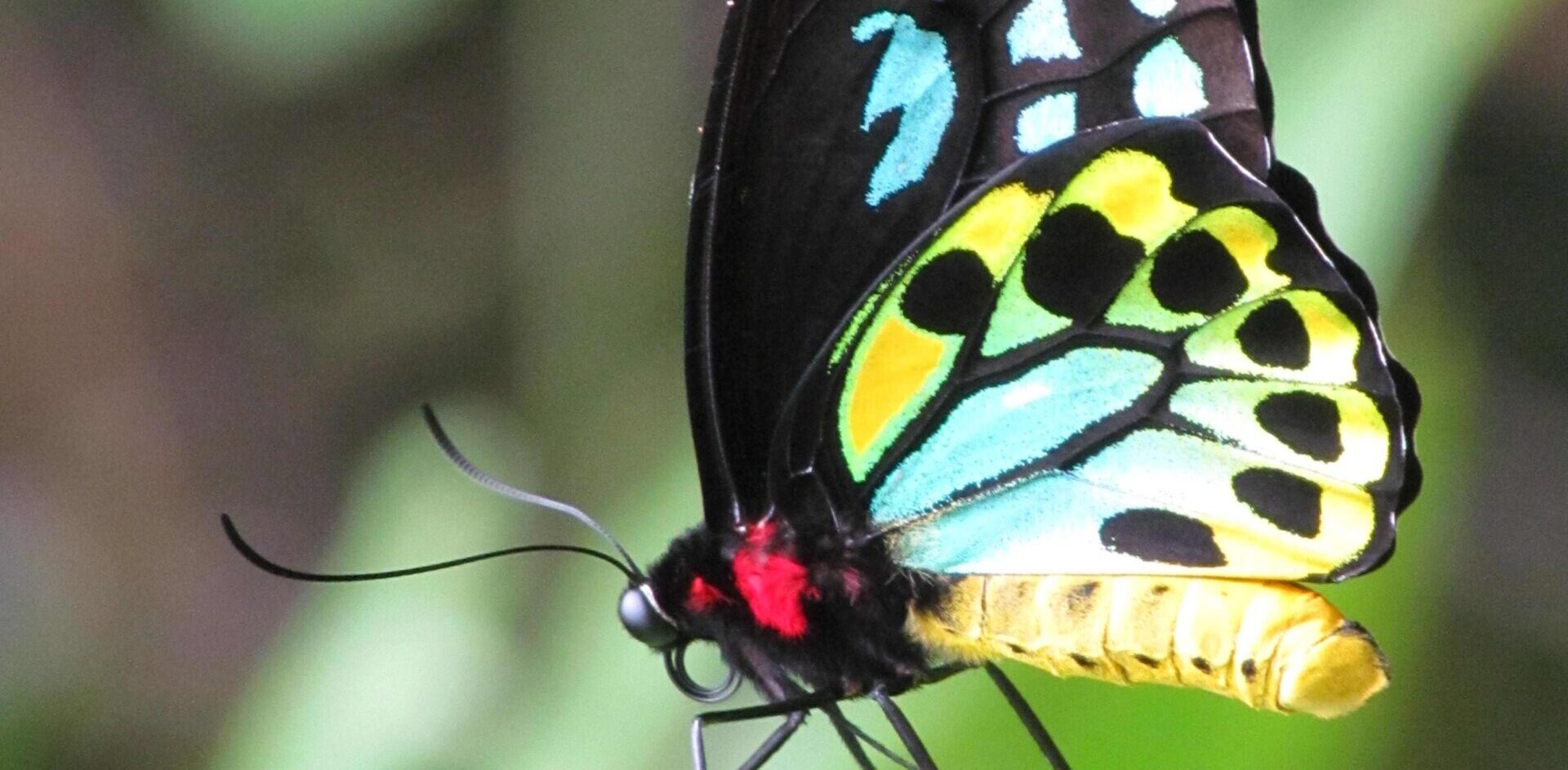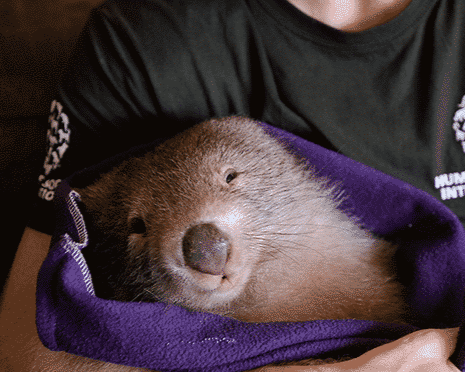The Newsletter of Humane World for Animals' Wildlife Land Trust • Issue 30 • 2025 Read More
Discrepancies in trade data between Australia and its international trading partners suggests fins from endangered hammerhead sharks caught in Australian waters are possibly being traded illegally, a report commissioned by the Australian Marine Conservation Society (AMCS) and Humane Society International (HSI) has found.
The report found that across several years, the amounts of fins recorded as exported from Australia were less than that reported by countries receiving the fins and in some cases, the discrepancy was reversed.
The report also found no record of the associated shark meat in the export data which raises the question of where this meat is ending up.
Based on the report’s comprehensive investigation, both AMCS and HSI state that the Australian Government needs to urgently review its recording and monitoring of the shark product trade, including conducting a long-overdue review of how Australian fisheries deal with the protection of endangered hammerheads.
AMCS shark scientist Dr Leonardo Guida said: “At best the discrepancies uncovered in this report suggest poor and inaccurate recording processes that don’t meet international requirements, and at worst it’s exposing shady dealings in shark fin from endangered scalloped and endangered great hammerheads.
“The disappearance of hammerhead meat from export data is also a concern. If it’s not being exported, where’s the tens of tons of meat from an endangered shark ending up every year? On Aussie plates as ‘flake’? Perhaps straight to the bin?”
Concerning figures show that in 2017, fins from up to 3,700 individual endangered scalloped hammerheads and 2,900 individual endangered great hammerheads had been recorded by importing countries (mostly Hong Kong) but with no corresponding export record from Australia[1].
HSI marine biologist Lawrence Chlebeck said that despite scalloped hammerheads being assessed as ‘Endangered’ in Australian waters, they are listed as ‘Conservation Dependent’ under Australia’s national environment laws, meaning they can still be commercially exploited providing certain conditions to promote the recovery of the shark are met. These conditions are yet to be fully met despite a 2018 deadline[2].
Mr Chlebeck said: “We want to see improvements in protections for scalloped and great hammerheads by listing them as Endangered under Australia’s national environment laws – a listing for which they fully qualify.
“The trade discrepancies uncovered in this report are deeply worrying and point to systemic failure. The mismatched export/import data provides no clear indication of how much is really being fished and where it’s ending up.
“It’s vital that the international trade of hammerheads meets international requirements that are in place to ensure that trade doesn’t come at the detriment of the species’ survival.”
Hammerheads are listed on CITES (the Convention on International Trade in Endangered Species of Wild Fauna and Flora) Appendix II meaning that “...trade must be controlled in order to avoid utilization incompatible with their survival.”[3]
Dr Guida said: “The Australian Government last properly reviewed how fisheries deal with hammerheads in 2014. That’s seven years ago and since then the conservation status of hammerheads has worsened4, incredibly useful scientific information has come to light, and all the while we still haven’t got a proper grip on exactly how many hammerheads are being plucked from the water.”
The report revealed that not one jurisdiction in Australia had fully met recommendations set out in 2014 to improve fishery practices to minimise the ongoing catch of hammerheads. The Northern Territory had progressed the most with 77% of recommendations fully implemented, seconded by Queensland at a much lower 35% of recommendations fully implemented.
Dr Guida added: “If Australia is serious about claiming to have sustainable fisheries, we’ve got to give endangered species the protections they deserve under law, and lift our game when it comes to monitoring and reporting trade data. These are fundamentals – protect what’s being driven to extinction and make sure that when you look at the numbers, it all adds up.”
The report, available to read here, was written by Jo-anne McCrea from consultancy firm Bio Inspecta.
NOTES TO EDITORS
According to the voluntary Australian Fish Names Standard, ‘flake’ should only refer to shark meat from gummy and rig sharks, which aren’t classified as endangered.
AMCS is currently running a campaign which encourages seafood lovers to pledge to #GiveFlakeABreak and choose sustainable alternatives in restaurants and fish and chip shops because of concerns flake could be coming from an endangered shark.
Conditions for the “Conservation Dependent” listing of scalloped hammerhead sharks include but are not limited to those listed below. Progress by jurisdictions against these conditions can also be found in the report by McCrea (2021).
- GPS tracking of vessels (Vessel Monitoring System)
- Electronic monitoring (E-M) such as cameras on fishing vessels
- Heads remain attached to shark’s body unless E-M operational
- Species specific recording
- Fins naturally attached rule in place
For CITES Appendix II listed species, a positive Non-Detriment Finding (NDF) must be reached to permit the international trade of that species. In a positive NDF, rules can be set which determine how fisheries interact with the species (e.g. catch limits), and measures put in place for the accurate reporting of trade data (e.g. recording number of sharks retained and discarded). A positive NDF was found in 2014 and is to be reviewed every three years. In 2017, a review was not conducted due to insufficient new data. The NDF is still yet to be reviewed.
- Measures outlined as part of a positive NDF include but are not limited to how many of the species can be caught as national total, and how fisheries that interact with the species operate on the water.
- For further detailed information, see the attached report by McCrea J-A (2021) ‘Review of the Non-Detriment Finding for CITES Appendix II listed Hammerhead Shark Species.’ (Self published: Australia)
References
1 Kilograms (whole weight of shark) converted to individual scalloped and great hammerheads using conversion factors of 2.3kg and 15.7kg, respectively. See trade volumes in McCrea J-A (2021) ‘Review of the Non-Detriment Finding for CITES Appendix II listed Hammerhead Shark Species.’ (Self published: Australia).
2 McCrea J-A (2021) ‘Review of the Non-Detriment Finding for CITES Appendix II listed Hammerhead Shark Species.’ (Self published: Australia)
3 https://cites.org/eng/disc/how.php
4 Great hammerhead: https://www.iucnredlist.org/species/39386/2920499 Scalloped hammerhead:https://www.iucnredlist.org/species/39385/2918526 Smooth hammerhead: https://www.iucnredlist.org/species/39388/2921825


